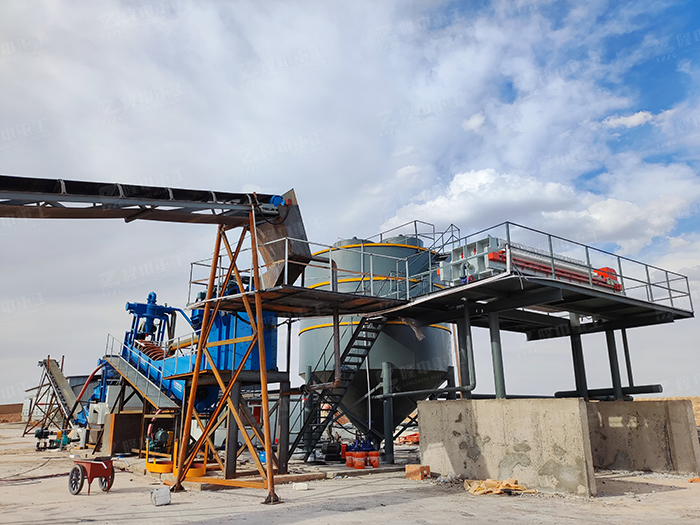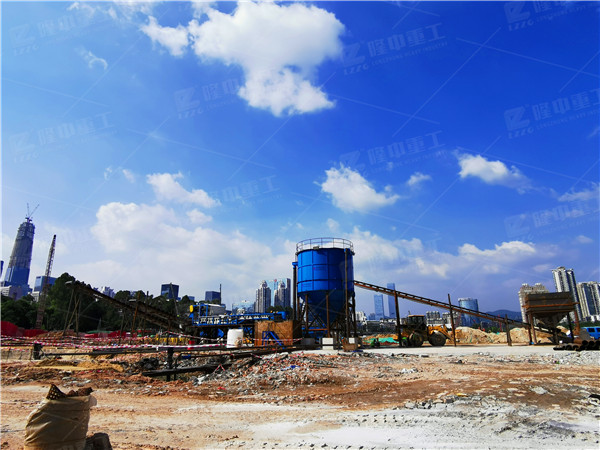Nepal’s main mineral resource reserves
 July.11,2025
July.11,2025
Nepal is located in the southern foothills of the Himalayas, with a unique geographical location and rich mineral resources. In recent years, with the rapid development of the economy and the promotion of government policies, mining has gradually become one of Nepal’s important economic pillars. This article will introduce Nepal’s main mineral resources and their distribution in detail, and analyze its investment prospects.
Overview of the total value and distribution of Nepal’s mineral resources
1. Metal minerals:
– Iron ore: Iron ore is one of Nepal’s most important metal minerals, mainly concentrated in the southern plains. The proven iron ore reserves are about 23.05 million tons, mainly hematite, with a quality between 30Fe-66Fe. Despite the limited reserves, the smelting and further exploration of iron ore are restricted due to the lack of high-quality coal in the country.
– Copper ore: Copper is one of Nepal’s important metal deposits, mainly distributed in the central and western regions. There are no less than 102 copper deposits discovered in the country, with a total reserve of about 16.18 million tons of ore, with grades ranging from 0.21CU%-0.88CU%. However, copper mines have not been developed on a large scale, and the annual output is low.
– Lead-zinc ore: Lead-zinc ore is mostly paragenetic ore, containing silver and other elements. The total reserve of lead ore is about 3 million tons, and the total reserve of zinc ore is about 2.66 million tons.
– Mica: The country has found reserves of 320,000 tons, with a quality of about MgO 30 and a brightness of 80-90.
– Dolomite: The total reserve is estimated to be 2 billion tons, but currently only two companies are engaged in small-scale production.
2. Non-metallic minerals:
– Magnesite: The reserves rank fifth in the world. There are three major deposits in the country. The total reserves of the first two are about 200 million tons, and the reserves of the third have not yet been found.
– Limestone: The national limestone area is about 7,000 square kilometers, with reserves of 985 million tons, of which 139 million tons have been found. There are 14 larger deposits.
– Other non-metallic minerals: including marble, garnet, graphite, quartz, clay, phosphate, etc.
3. Energy minerals:
– Oil and natural gas: mainly distributed in the southern Siwalik construction distribution area and Terai plain area, with a total area of 38,000 square kilometers.
– Hydropower resources: Nepal has a hydropower reserve of 83 million kilowatts, accounting for about 2.27% of the world’s hydropower resources, but the current development level is low.
– Geothermal resources: The rich geothermal resources have not yet been fully developed and utilized.





